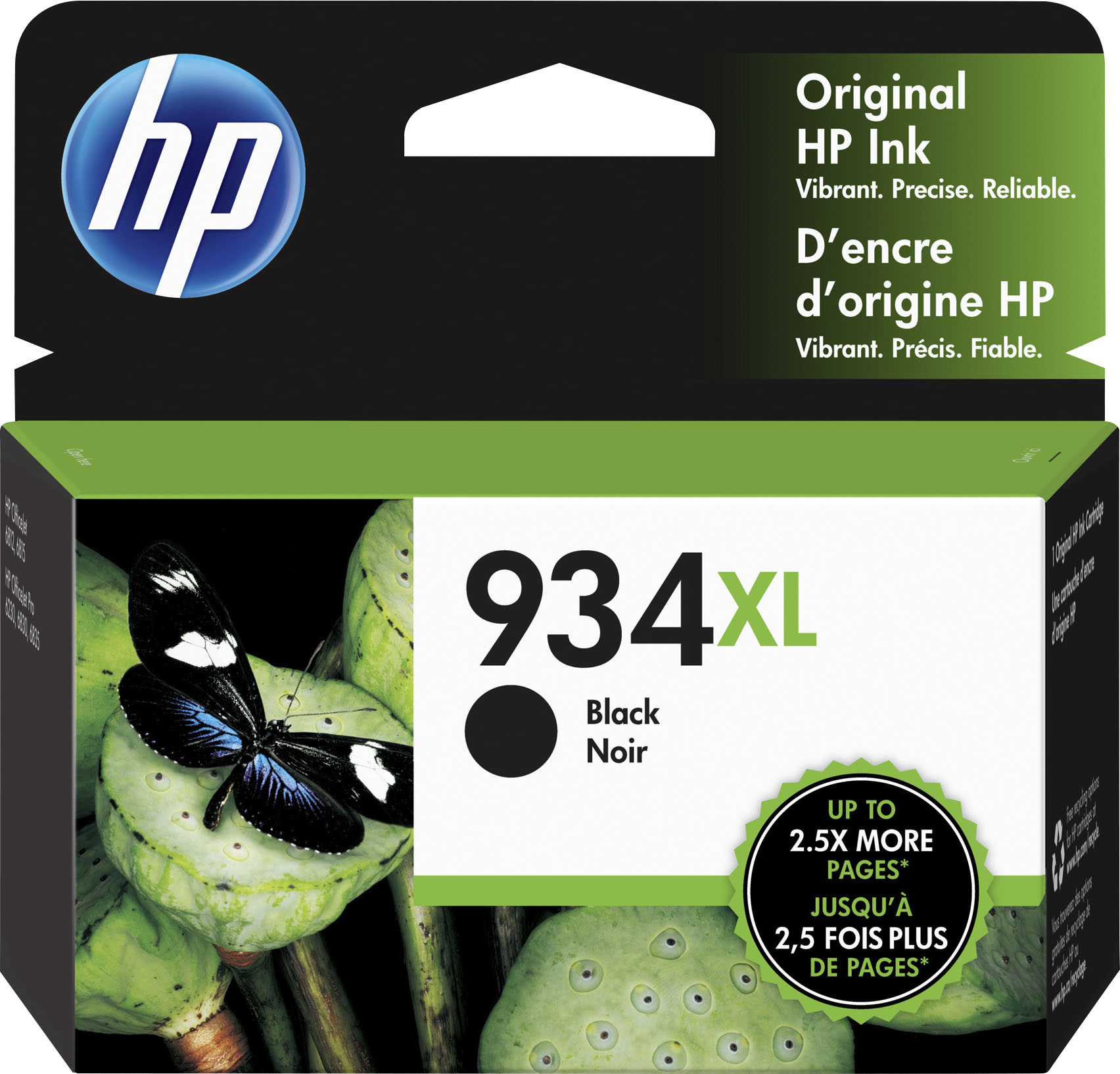Need Cartridge Ink For HP Printer? Then Look No Further!
It all began in 1979 when Printer Ink devices first became available by IBM at a commercial rate. Early models were retailing for more than $15,000. Now, this is way too expensive for today even, let alone in the 70s. So one can’t really set this as the cusp for when these appliances became widespread.
But it wasn’t until 1984 that Laser printers were priced affordably when Hewlett Packard released their first-ever LaserJet version that retailed for just under $1,000.
Forbes says that this really made printing something only the financially well-off businesses and individuals had access to, to something you could now get for relatively cheap. It now didn’t make sense for people or businesses to use manual typewriters, all that became obsolete in a transition that would make entities more profitable and streamlined.
The appliance could now be found everywhere and they pretty much replaced all other forms of putting ink on paper.
The technology kept advancing with the ink for HP and so did the prices. The Deskjet, introduced by HP in 1987, was the first machine to be priced under $100. It wasn’t long until printers were being sold for as low as $30 and businesses everywhere were using them. It’s hard to imagine a world without the apparatus now, but it’s interesting to consider how such a commonplace appliance has had such a large impact on deforestation.
https://www.suppliesoutlet.com/printer-ink/cartridge/ makes it obvious that when you really ponder on it, it makes sense. Printer ink cartridges are made up of plastic and metal, both of which require oil and other natural resources to produce. And with the increasing demand for printer ink cartridges, the demand for these materials has skyrocketed.
But in actuality, the effects felt by these new inventions weren’t just in landfills, soil, water supplies, etc, but in the forests. As literally millions upon millions around the globe now had access to these devices, combined with the fact that the material being printed on was literally all around them, it almost felt too good to be true.

When something sounds too good to be true, it usually is. Every minute, 4,4 million pages in total get printed globally. That’s over 2,3 trillion per year. Yes, you read that correctly. All that paper requires an equally mind-bogglingly big amount of trees to be cut down.
People often see this as not being the cause of that amount of deforestation. But in all transparency, wouldn’t one agree that the result of these new inventions caused a skyrocketing demand for paper? Demand doesn’t just shoot up from mere nothing.
And if we do the math on that:
one large tree provides around 8300 pages of a4 paper. 2,3 trillion pages a year divided by the number of paper sheets provided by one tree results in over 277 million trees being cut down every year. Is that good for the environment? We don’t even have to answer that.
So, next time you go to print something, consider the impacts your seemingly innocent action has on our planet. There are plenty of ways you can reduce your paper usage and still get your work done. You don’t have to completely abstain from printing, but if we all try to be conscientious of the amount of paper we’re using, it’ll make a big difference.
How can you minimize the negative impact on nature?
– Reuse paper when possible
– Print double-sided documents whenever you can
– Use a smaller font or print in black and white to save on dye usage
– Recycle your old printer toner casings
– Consider buying a refurbished printing machine rather than a new one to help reduce the amount of waste produced from manufacturing.
Why don’t we just recycle paper?
That’s a great question! And the answer is: because not all paper can be recycled. In order for the paper to be recycled, it needs to meet a few qualifications.
The first qualification is that the paper can’t be too wet. If it’s too wet, it will jam the machines and the recycling process. The second qualification is that there can’t be any contaminants like food or grease on the paper. These contaminants will ruin the entire batch of recycled paper and make it unusable.

So, unless your office or home has a designated place for recycling old printer cartridges, chances are your recyclable paper is just getting tossed in the trash with everything else.
Why isn’t there an alternative to paper?
Great question! And the answer is: because the paper is cheap and easy to produce. It’s a readily available resource, and it doesn’t take much effort to turn trees into paper.
But with the increasing demand for paper, we’re quickly running out of forests to harvest trees from. So, unless something changes, we’re going to see a rise in the cost of paper and a decrease in the quality of recycled materials.
There are some alternatives to paper that are being developed, but they’re not quite there yet according to https://www.suppliesoutlet.com/printer-ink/cartridge/hp the HP printer ink cartridges tend to be more expensive and less environmentally friendly than traditional paper. So, for now, we just have to do our best to recycle what we can and use less paper whenever possible.
How can we avoid the use of paper altogether?
There are a few ways you can go about this. You can use electronic documents instead of paper documents, which can be saved to your computer or device and printed when necessary. You can also try using online tools like Google Docs or Microsoft Word Online, which allow you to collaborate on documents with others without having to print anything like https://www.osha.gov/laws-regs/standardinterpretations/2015-03-27 states.
If you absolutely need to print something, try to print only what’s necessary and use both sides of the paper. And lastly, recycle any old printer toner and paper that you have lying around.